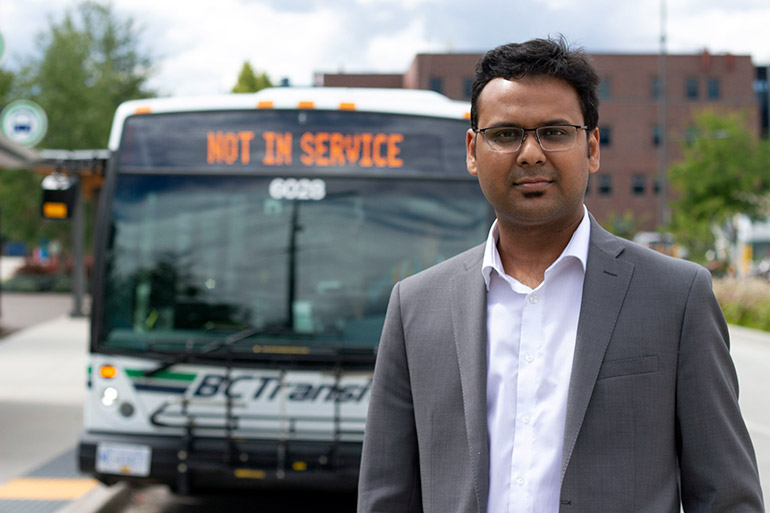
Assistant Professor Mahmudur Fatmi wants to hear how COVID-19 has impacted people’s travel, whether it’s running errands, going on a road trip or a cancelling that trip of a lifetime.

Assistant Professor Mahmudur Fatmi wants to hear how COVID-19 has impacted people’s travel, whether it’s running errands, going on a road trip or a cancelling that trip of a lifetime.
Posted in Business, Media Releases
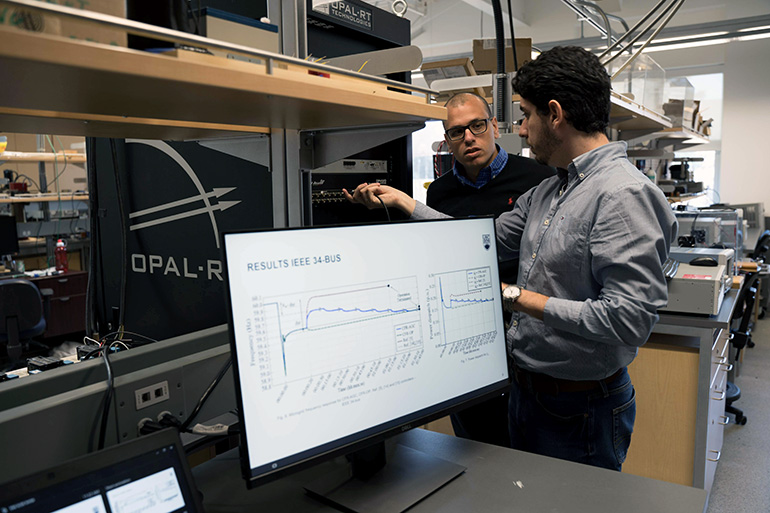
UBCO’s Morad Abdelaziz and Yuri Rodrigues have been researching the impact microgrids would have on the distribution and conservation of electrical power.
Posted in Media Releases
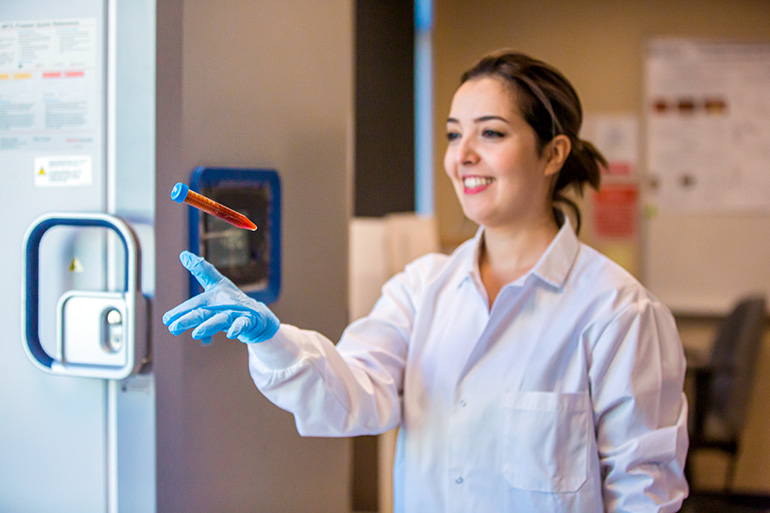
Sepideh Pakpour, a School of Engineering assistant professor, says test show levitating human plasma may lead to faster, more reliable, portable and simpler disease detection.
Posted in Media Releases
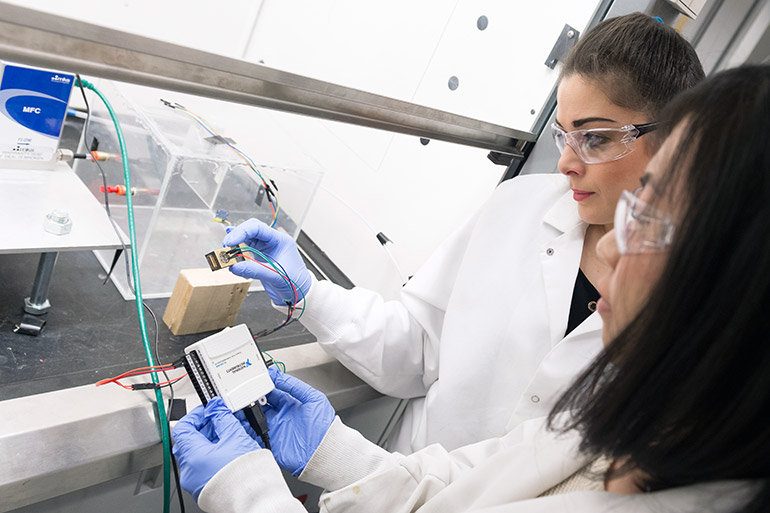
Engineering Professor Mina Hoorfar is using her ‘artificial nose’ technology to develop a roadside breathalyzer that can identify THC in breath molecules.
Posted in Media Releases, Research, Spotlight
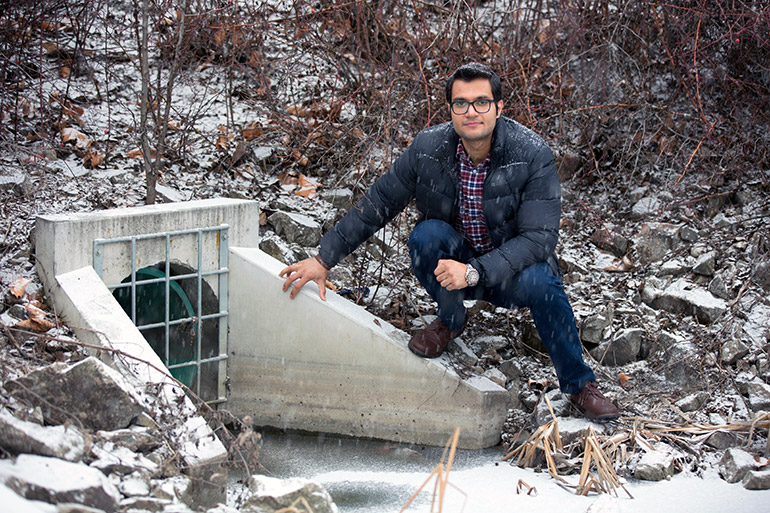
UBCO doctoral student Saeed Mohammadiun says many urban drainage and stormwater systems are not designed well enough to handle extreme weather conditions.
Posted in Business, Media Releases
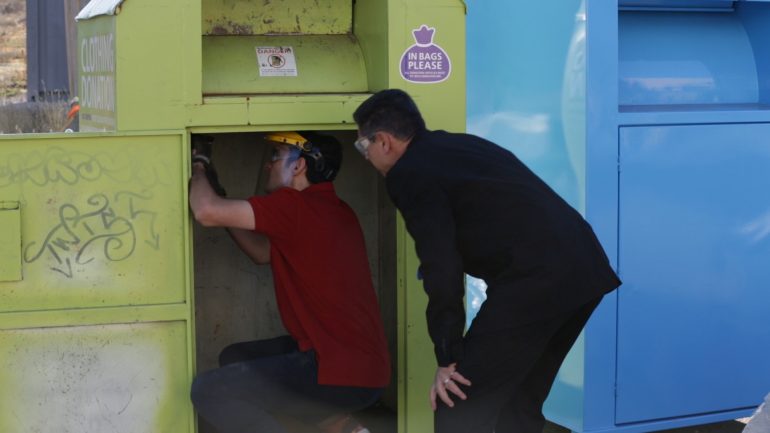
UBCO engineering instructor Ray Taheri watches as student prepares a bin before installing a retrofit that will make donation bins safer.
Posted in Research
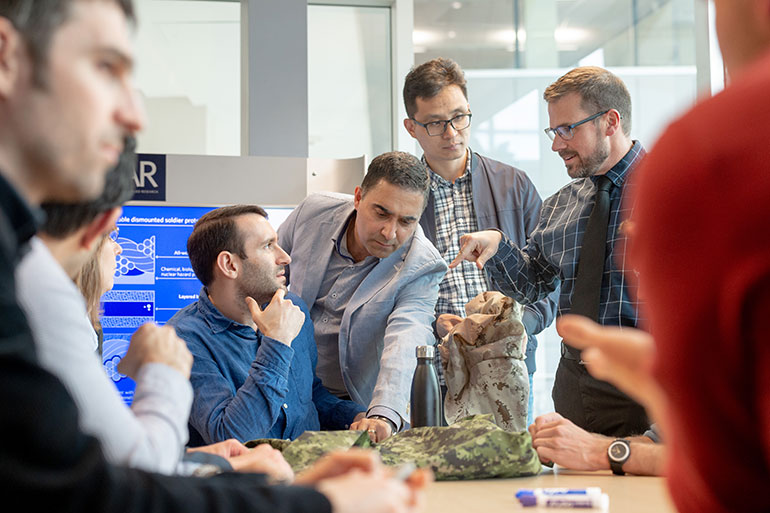
From left: Kevin Golovin, Abbas Milani, Feng Jiang and Jeremy Wulff and part of the COMFORTS network, a team of researchers from UBC, UVic and the University of Alberta.
Posted in Business, Media Releases
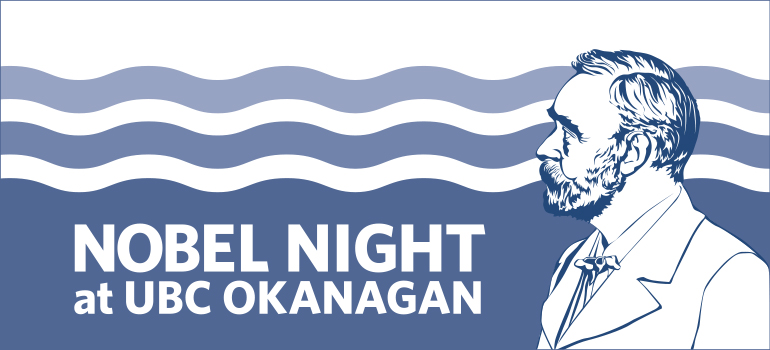
Posted in Computer Science, Media Advisory
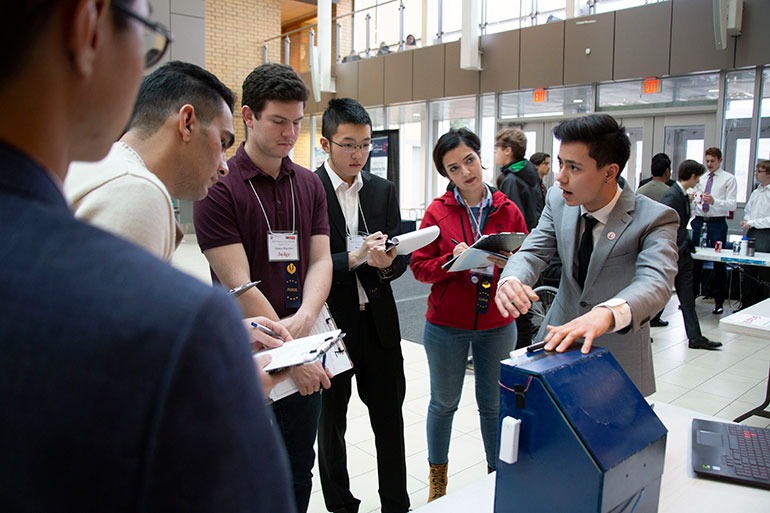
A student pitches his donation bin redesign to judges at last year’s competition.
Posted in Media Advisory
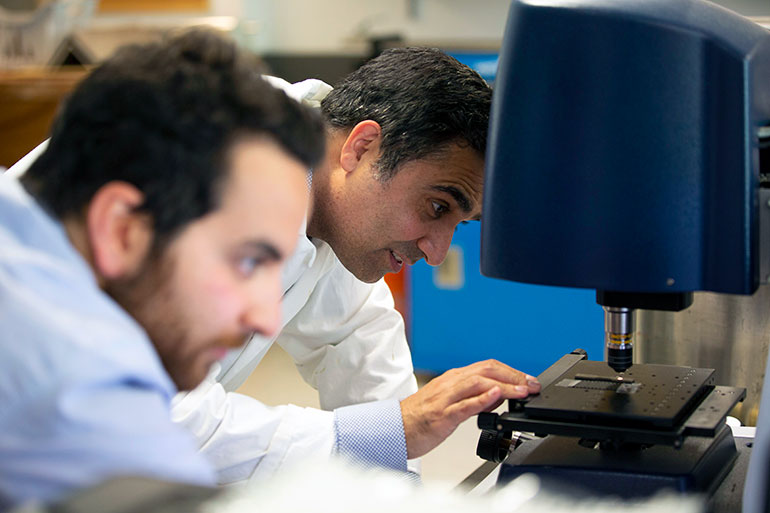
A growing industrial demand for multifunctional bio-friendly raw materials is pushing researchers to develop value-added and energy-saving biocomposites and processes.
Posted in Media Releases | Tagged school of engineering